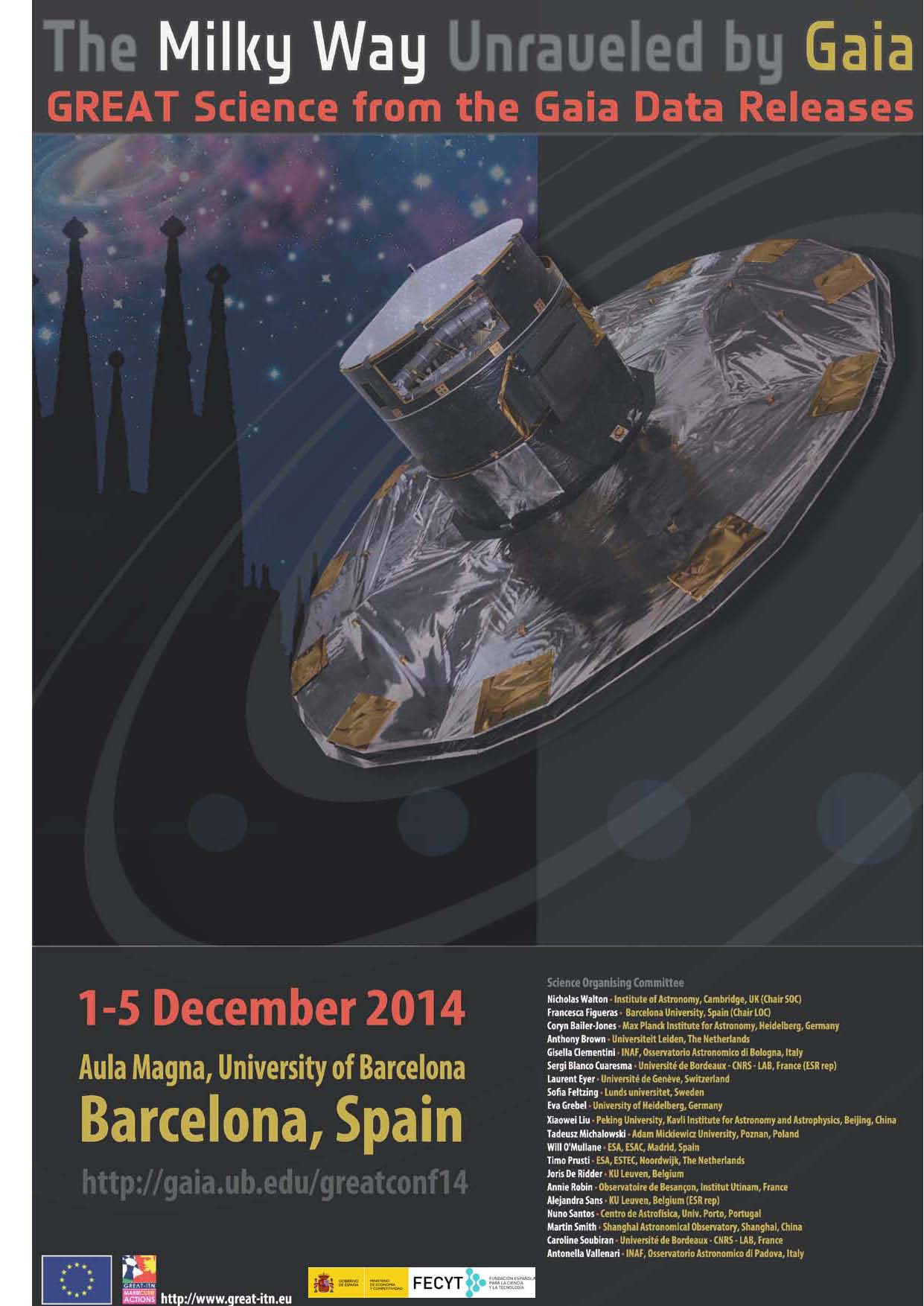Star-planet connection through metallicity
V.Zh. Adibekyan, P. Figueira, N.C. Santos, G. Israelian, A. Mortier, C.Mordasini, E. Delgado Mena, S.G. Sousa, A.C.M. Correia, M. Oshagh (CAUP, Universidade do Porto, Portugal)
Using a large sample of FGK dwarf hosts (from SWEET-Cat database) we show that planets orbiting metal-poor stars have longer periods than those in metal-rich systems. This trend is valid for masses at least from 10 MEarth to 4 Mjup. We also found that Earth-like planets orbiting metal-rich stars alwaysshow shorter periods (fewer than 20 days) than those orbiting metal-poor stars. Our results suggest that the planets in the P-MP diagram are evolving differently because of a mechanism that operates over a wide range of planetary masses. This mechanism is stronger or weaker, depending on the metallicity of the respective system.One possibility is that planets in metal-poor disks form farther out from their central star and/or they form later and do not have time to migrate as far as the planets in metal-rich systems.Topic revision: r2 - 2014-11-28 - SusanaBascon
Ideas, requests, problems regarding TWiki? Send feedback

